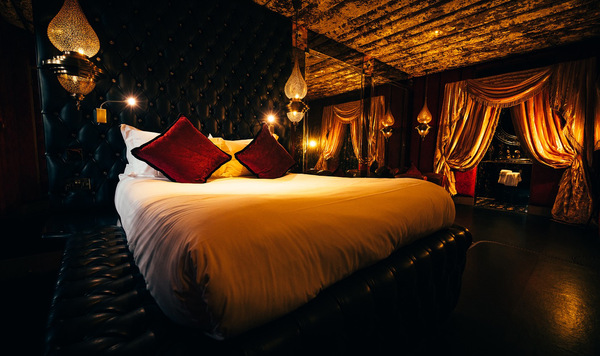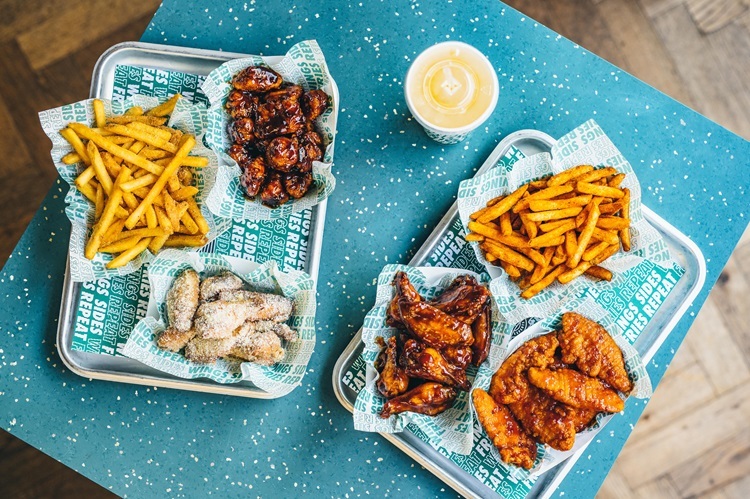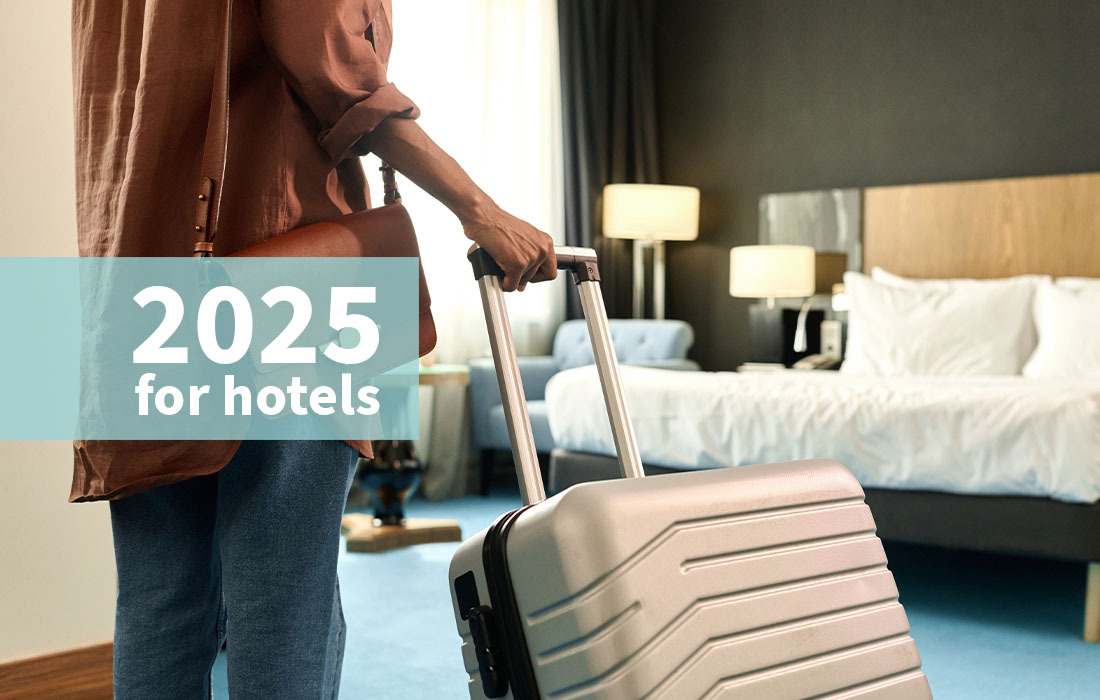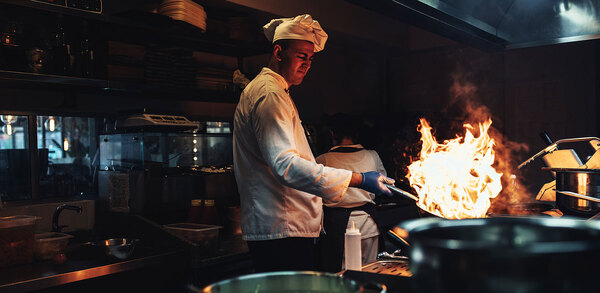Viewpoint: Only the strongest will survive Brexit
Operators should brace themselves for a host of challenges in 2017, says Christian Mole, executive director, hospitality and leisure, EY
Impending Brexit. A devalued pound. Rising inflation and reduced consumer spending growth. This is the environment in which the hospitality and leisure sector finds itself. So how will a sector that is typically among the most economically sensitive fare against such a challenging backdrop?
The short answer is that there will be winners and losers, but innovation will be key. Those who make the best use of variable pricing strategies, and who successfully introduce new technology and combine it with a sound understanding of customer needs, can build on the success of what has, until recently, been a relatively healthy consumer environment. Those who fail to directly face up to the sector disruptors will find themselves facing a greater struggle.
Brexit's impact remains uncertain. We are seeing household incomes being squeezed by increasing inflation, which will inevitably act as a drag on discretionary expenditure. Additionally, as we enter the post-Article 50, two-year negotiation period, it seems likely that business travel and entertainment budgets will be subject to scrutiny.
A March 2017 report by economic forecasting group the EY ITEM Club found that, after enjoying a boom in 2016, consumer spending growth is expected to fall to a four-year low in 2017. With inflation set to hit a five-year high, EY ITEM Club economists were pessimistic about the prospects of a pick-up in wage growth to compensate. On the positive side, early signs are that sterling's fall has driven an upturn in tourism volumes to the UK, and there are hopes that the level of staycations will also increase.
Perhaps the key topic is the impact of Brexit-induced changes to UK migrant labour availability. The hospitality and leisure sector is one of the largest employers of lower-cost migrant labour and concerns are high that restrictions on free movement of labour will dramatically hit supply levels and push up labour costs. It is vital that the sector makes the most of any opportunity to help shape future policy, not just in terms of immigration, but also in relation to tax. It is clear that the potential transition from a migrant to domestic workforce will need considerable investment from the industry and government, in skills and education as well as in the movement of people to employment hotspots.
Another headwind on the horizon is further annual increases to the National Living Wage (NLW). Panellists at a recent EY event suggested that the industry had initially coped relatively well with the NLW's introduction, with 2016 increases being broadly accommodated by the sector, and with businesses taking the opportunity to revisit labour scheduling models to achieve cost savings. However, it will be much more difficult to identify further efficiencies to mitigate future NLW increases, with the impact accentuated by a less buoyant consumer spending environment.
It's far from all doom and gloom, though, particularly for London-based restaurants and pubs. A 2016 joint EY and London First study found that the night-time economy contributes £26.3b to the capital's annual GDP, accounting for 8% of the total. Population growth and the gradual move to a 24-hour economy should drive up demand for restaurants, pubs and other hospitality and leisure services. Yet concerns are high regarding the disproportionate impact on the capital of the 2017 re-rating of business rates, which could cancel out many of the benefits of the various measures that the Night Czar is seeking to introduce.


















